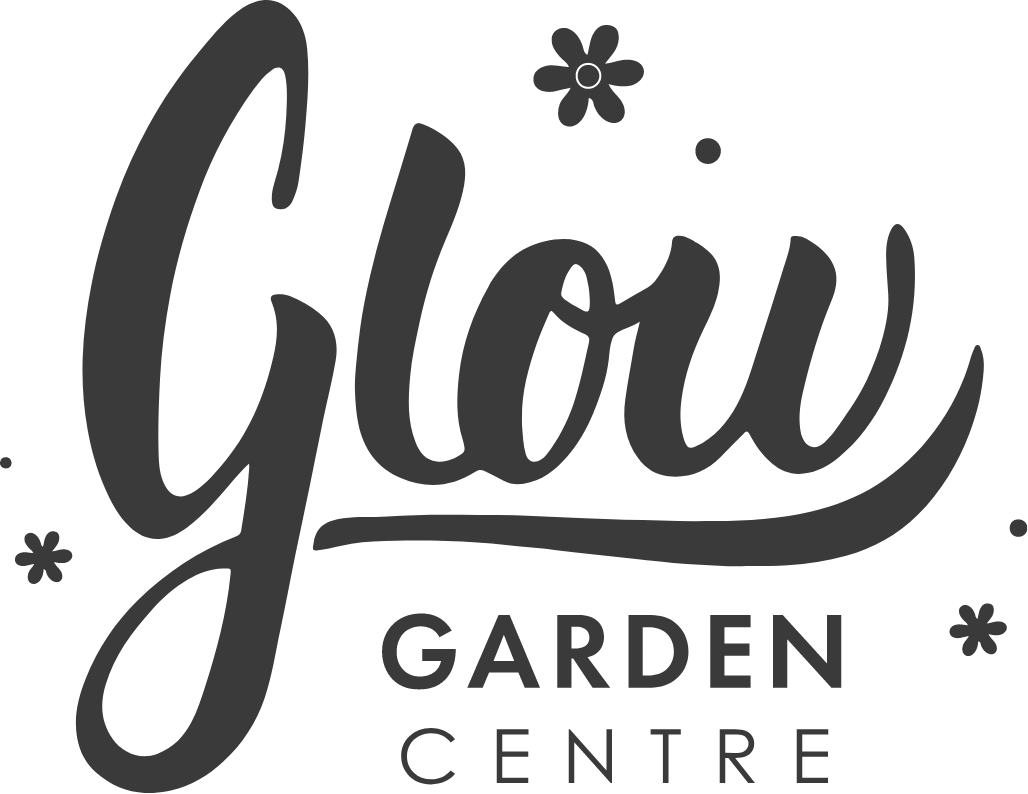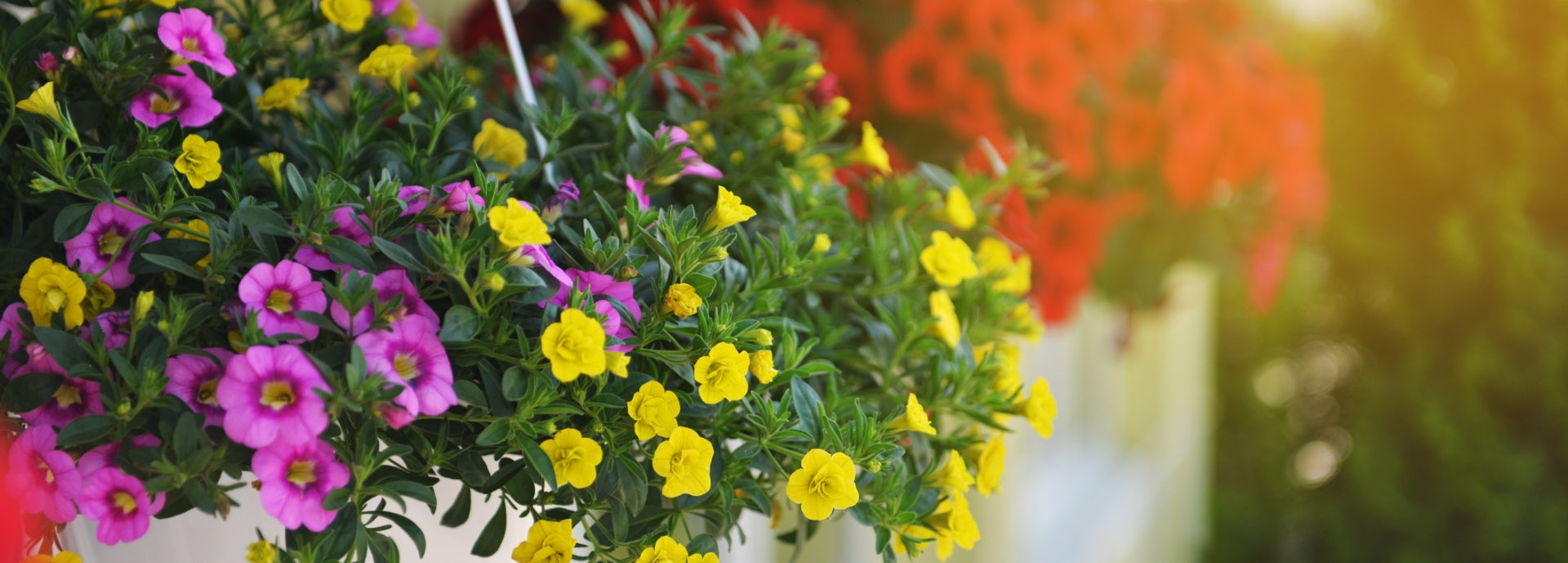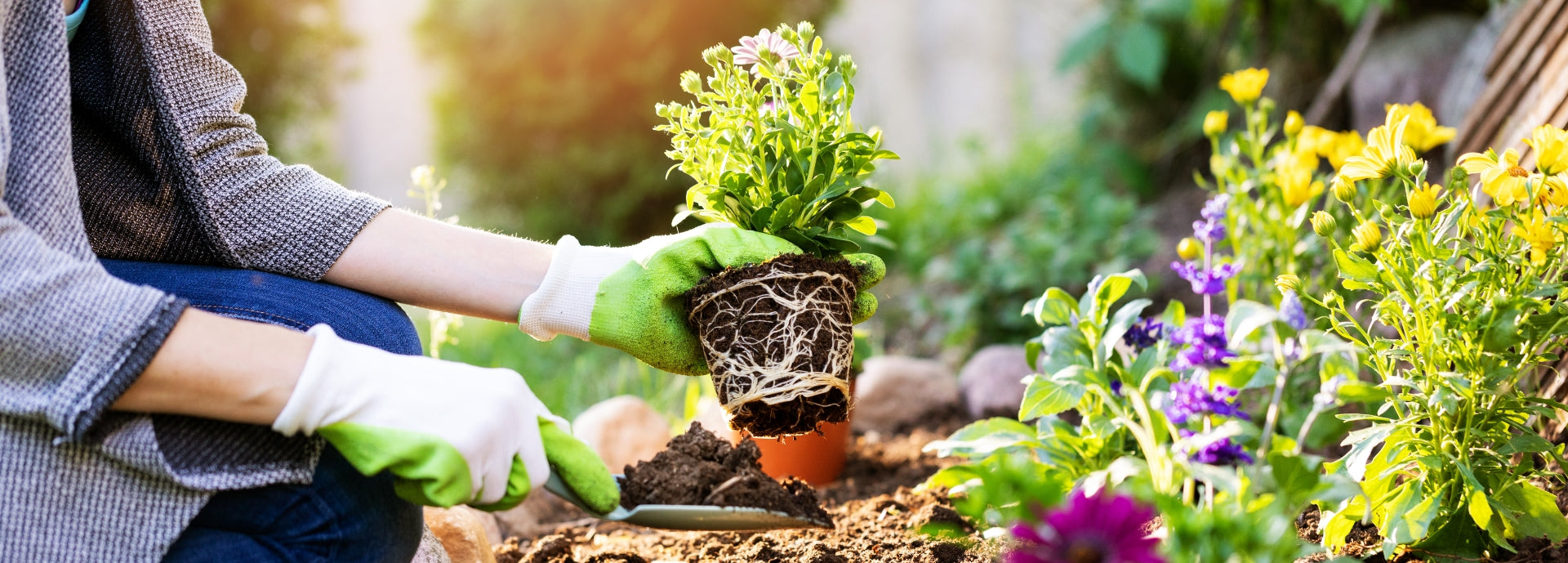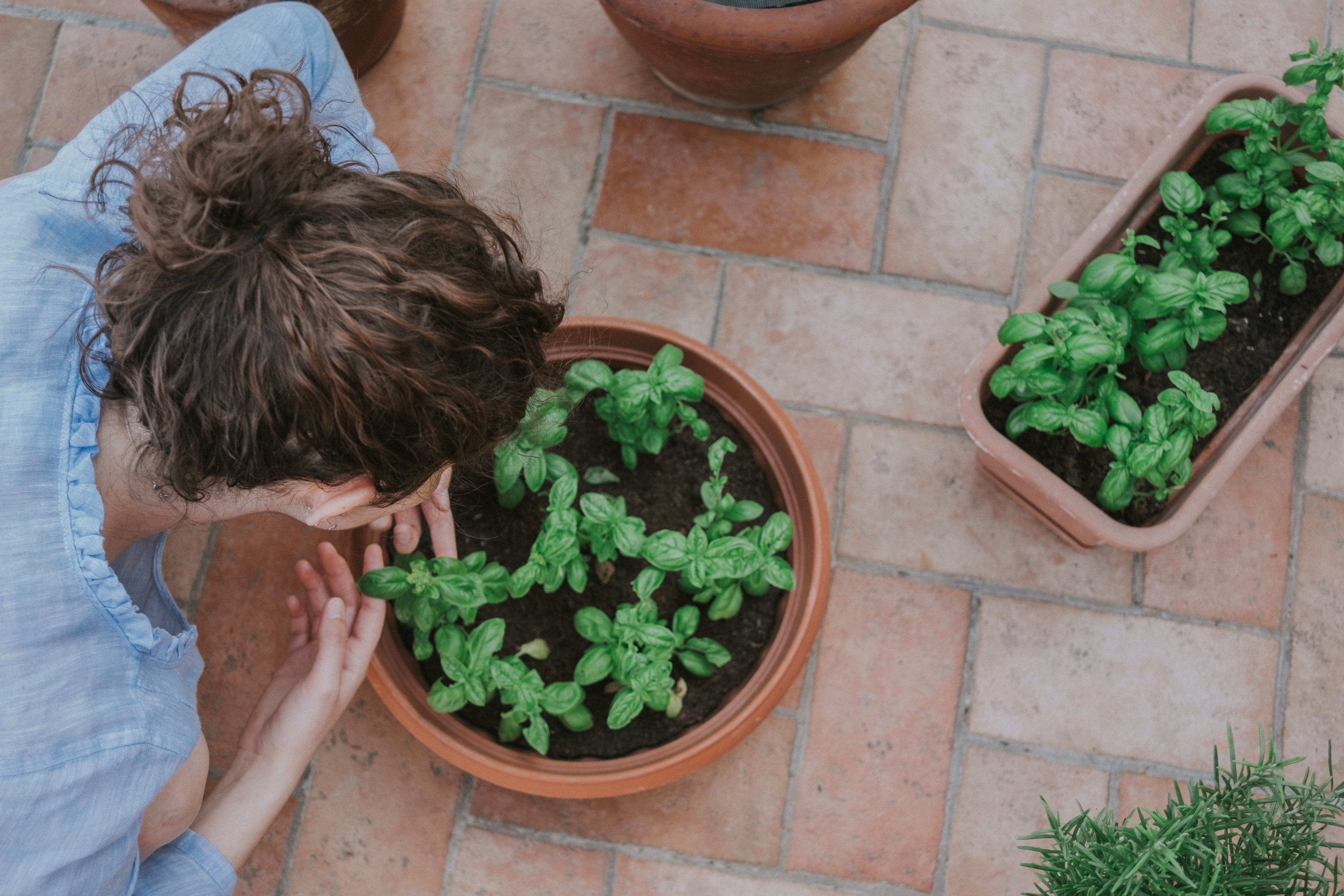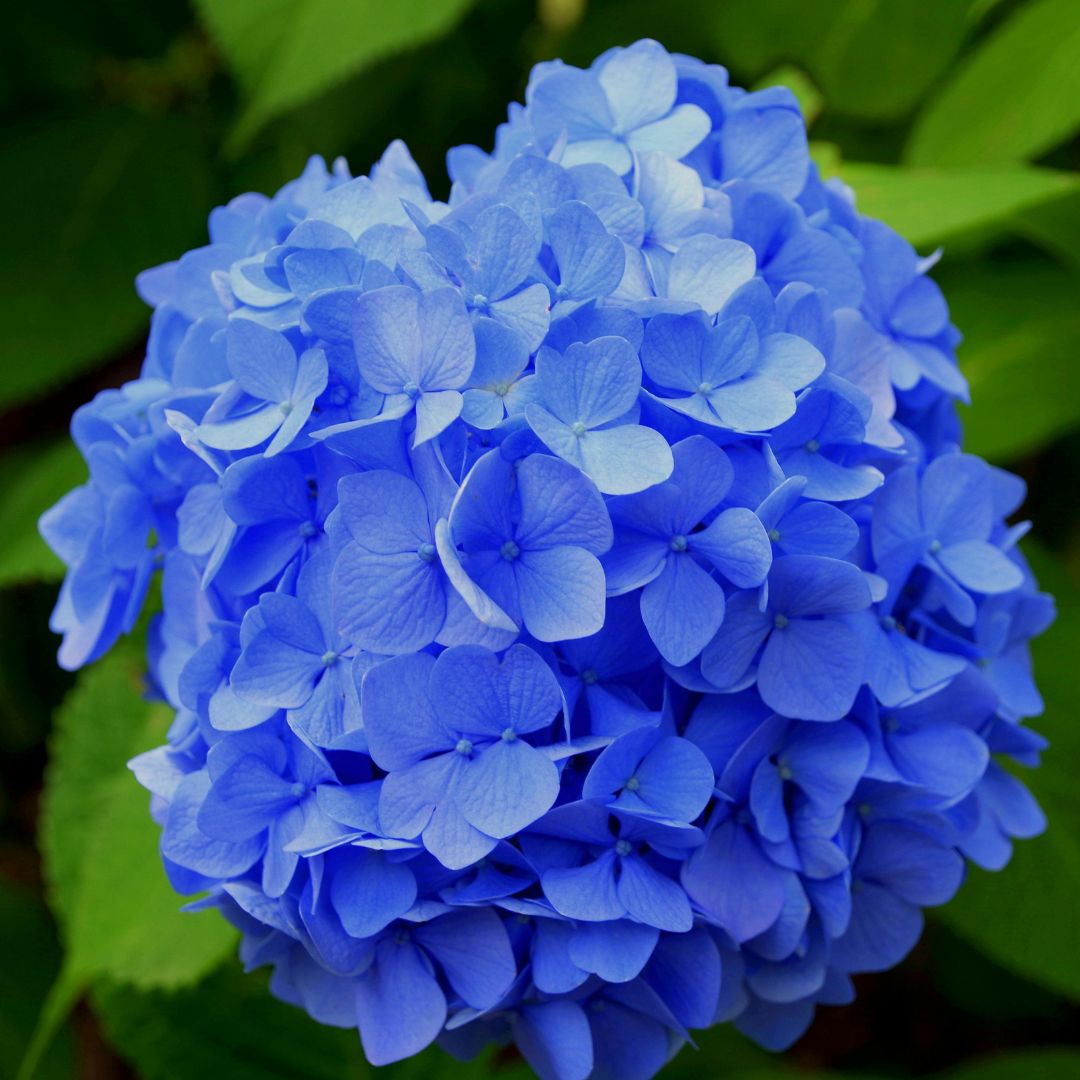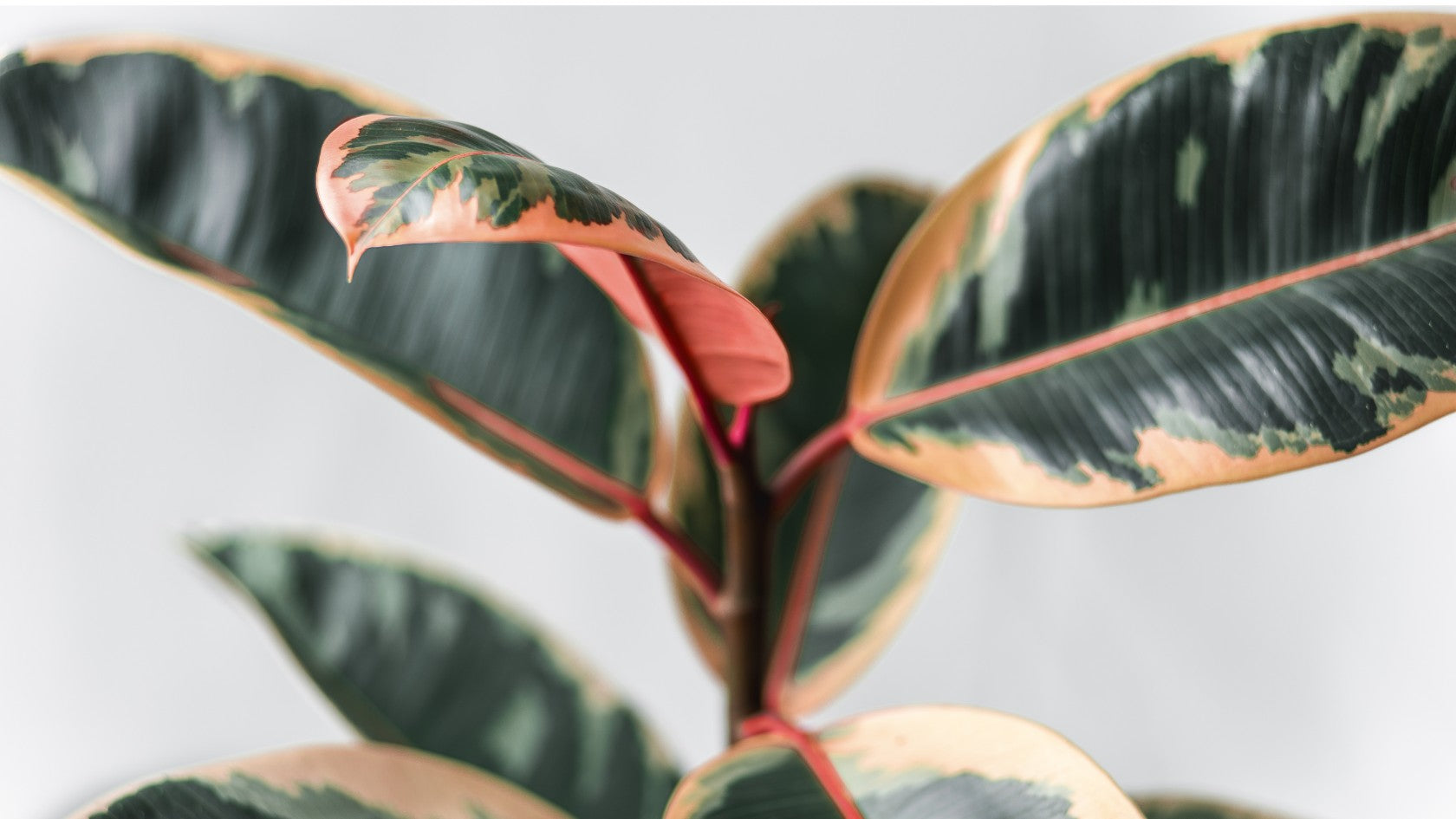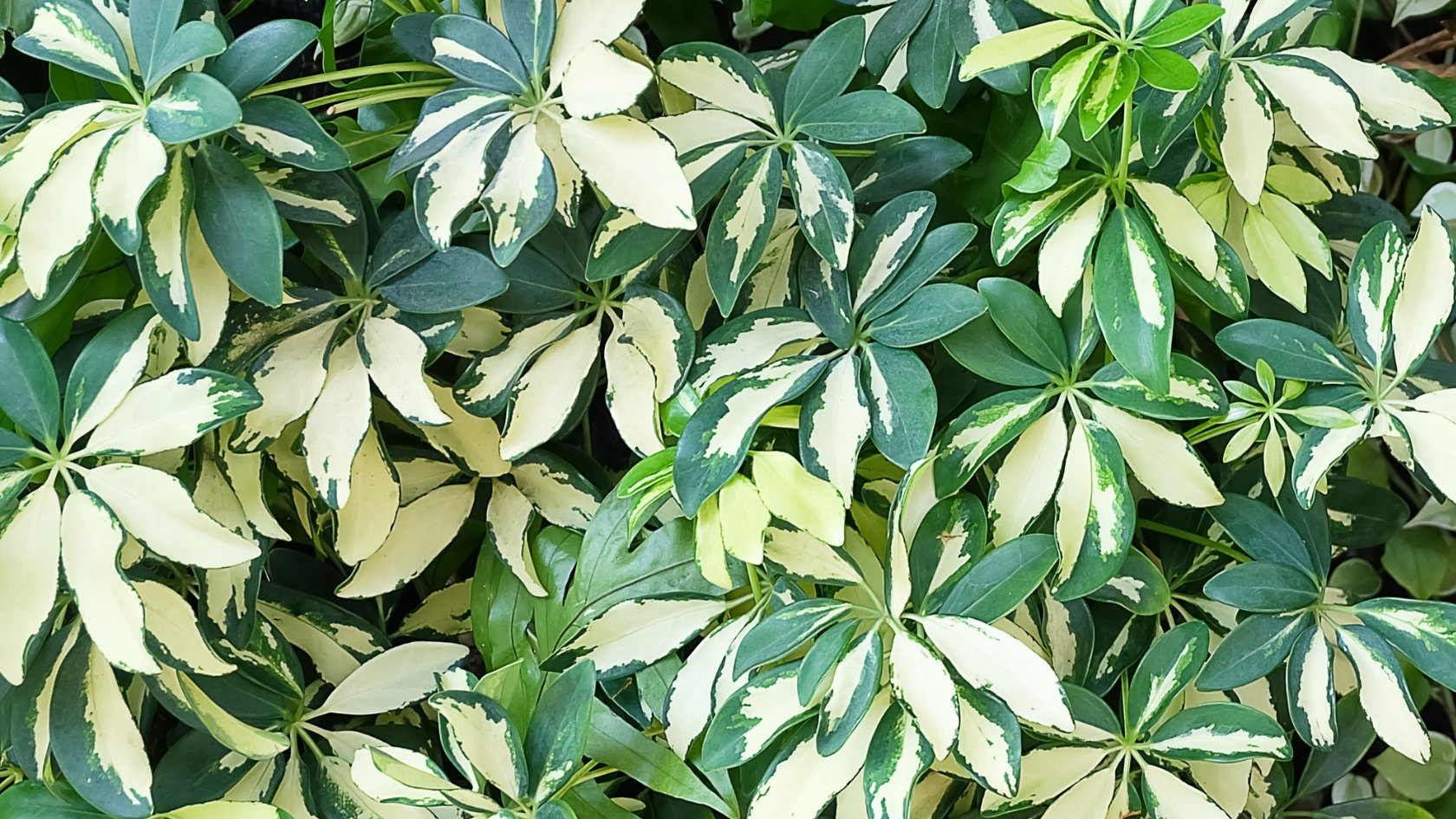Gardening is a rewarding hobby that allows us to connect with nature and enjoy the beauty of plants. However, keeping plants healthy and thriving requires a lot of care and attention, and one of the most important aspects of this care is ensuring that the plants are getting enough nutrients. In this blog post, we'll discuss how to know if your plants are getting enough nutrients and what steps you can take to ensure they are.
Check the leaves
- One of the first signs that a plant is not getting enough nutrients is a change in the color or appearance of its leaves. If the leaves are yellowing or wilting, this could be an indication that the plant is not getting enough nitrogen, phosphorus, or potassium. Additionally, if the leaves are discolored or have spots, this could be a sign of a deficiency in other essential nutrients such as iron or magnesium.
Observe the growth
2. Another way to tell if a plant is getting enough nutrients is by observing its growth. Plants that are not getting enough nutrients will often grow slowly or fail to produce fruit or flowers. Additionally, if the plant's stem is thin or weak, this could be a sign of a lack of nutrients.
Test the soil
3. The best way to know if your plants are getting enough nutrients is by testing the soil. Soil test kits are available at most garden centers and can be used to test the pH level and nutrient content of the soil. If the test results indicate that the soil is deficient in certain nutrients, you can then take steps to amend the soil with the appropriate fertilizers.
Fertilize Regularly
In conclusion, keeping your plants healthy and thriving requires regular attention and care. By checking the leaves, observing the growth, testing the soil, and fertilizing regularly, you can ensure that your plants are getting the nutrients they need to grow strong and healthy. Remember to also pay attention to other factors such as water, light and pests, as they can also affect the plant's health.
Happy gardening!
